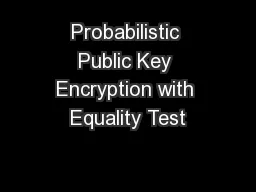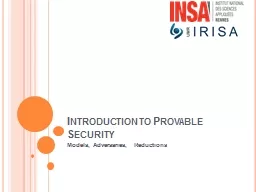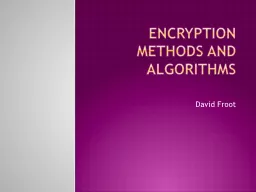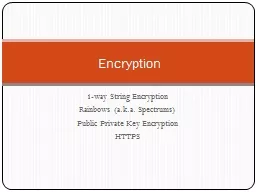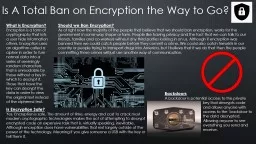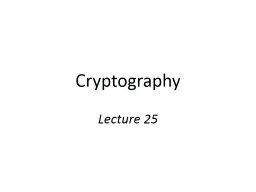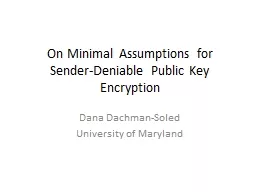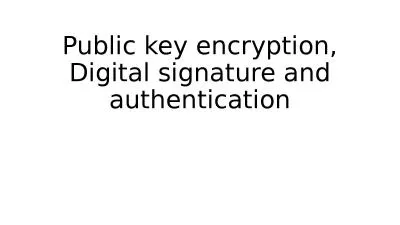PPT-Probabilistic Public Key Encryption with Equality Test
Author : tawny-fly | Published Date : 2015-09-16
Duncan S Wong Department of Computer Science City University of Hong Kong Joint work with Guomin Yang Chik How Tan and Qiong Huang 1 2 What is PKE with Equality
Presentation Embed Code
Download Presentation
Download Presentation The PPT/PDF document "Probabilistic Public Key Encryption with..." is the property of its rightful owner. Permission is granted to download and print the materials on this website for personal, non-commercial use only, and to display it on your personal computer provided you do not modify the materials and that you retain all copyright notices contained in the materials. By downloading content from our website, you accept the terms of this agreement.
Probabilistic Public Key Encryption with Equality Test: Transcript
Download Rules Of Document
"Probabilistic Public Key Encryption with Equality Test"The content belongs to its owner. You may download and print it for personal use, without modification, and keep all copyright notices. By downloading, you agree to these terms.
Related Documents

